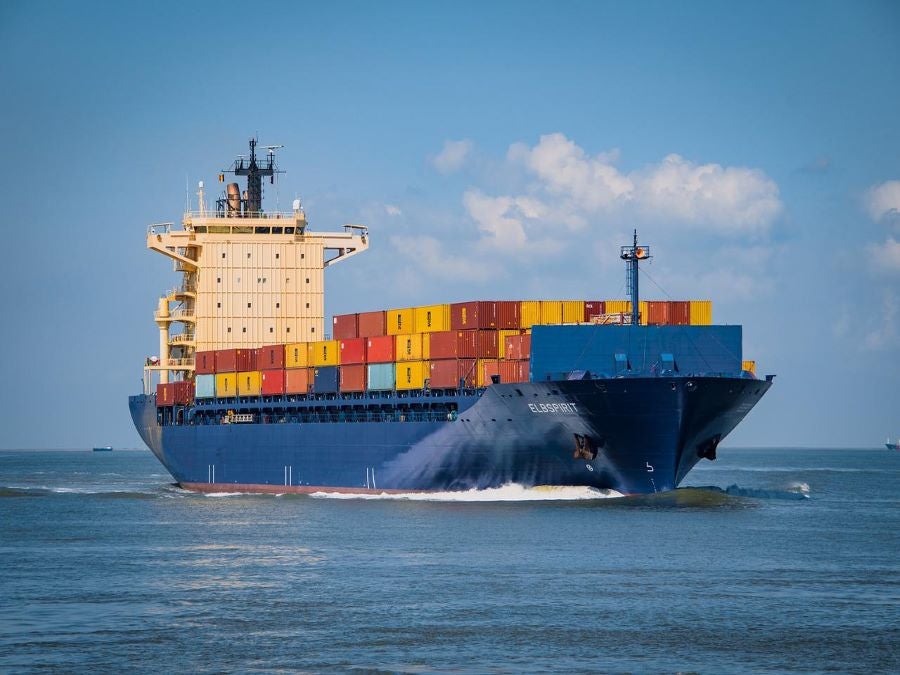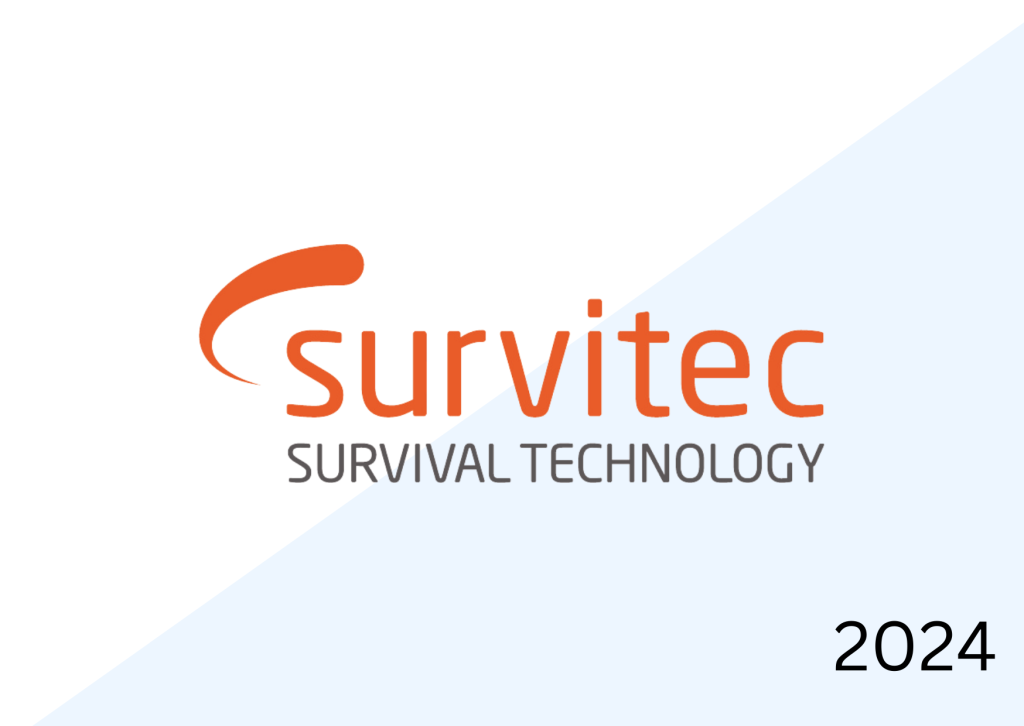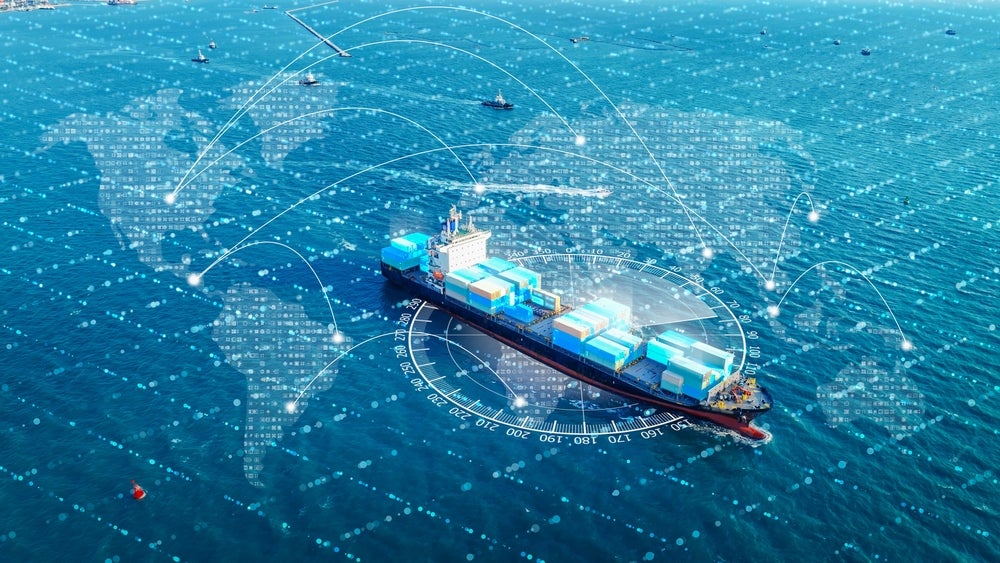
Lightship weight, the weight of the ship with no fuel, passengers, cargo, water, and the like on board, is an important part of any vessel’s overall weight and managing it ensures safety and regulatory compliance.
Controlling the weight of a vessel is vital and structural Floating Production Storage and Offloading (FPSO) integrity management provider Marine Technical Limits (MTL) has developed a new digital platform called PYXIS to turn the data from disparate sources into decision-making information, utilising cloud technologies.
This is significant, as the data produced through inspection and maintenance of floating offshore structures, such as FPSOs and Floating Storage Units (FSUs), over an operation lifetime of over 15-20 years is extensive. The system also supports operations management models that often work remotely and utilise contractors.
PYXIS Lightship can be used for any floating or fixed asset types, from FPSOs to Floating Offshore Wind Turbines. The platform supports operational, weight limited, and fixed assets through a single controlled dashboard interface.
Tracking changes in deadweight
Calum MacLean, founder and project director at MTL, says: “Whether intentional or not, there has been a trend over the last 10 years to manage assets based on risk, using smaller teams and less resources than previously deployed. The industry needs digitalisation of whole processes rather than just results data in order to satisfy these needs.
“The ability to securely manage these processes and the resulting data whilst working remotely, even at home, is now an expectation rather than an optional extra.”
How well do you really know your competitors?
Access the most comprehensive Company Profiles on the market, powered by GlobalData. Save hours of research. Gain competitive edge.

Thank you!
Your download email will arrive shortly
Not ready to buy yet? Download a free sample
We are confident about the unique quality of our Company Profiles. However, we want you to make the most beneficial decision for your business, so we offer a free sample that you can download by submitting the below form
By GlobalDataInspectors produce a huge amount of data and media, but they may not be available to clarify their findings. Hull structures have few markings to help the inspector report the location for a finding.
MTL overcomes this by guiding the inspector around the tank, with standardised drawings and 3D models to avoid reinspection.
Using PYXIS is straight-forward and it is not time consuming when compared with other processes and the user can create and manage weight changes with ease. As a result, challenges such as process oversight, data entry errors and weight exceedance safety issues.
“Elements of PYXIS can be deployed progressively and sometimes independently to suit the needs and future plans for the asset,” says MacLean
“PYXIS integrity management can be applied to just manage the inspection data from a specific tank on a vessel but can then be extended to assess anomalies, provide 3D and VR visualisation of results, compare historic inspections, create inspection plans, provide an asset overview, schedule future inspection, reinspection and repair activities.”
“There are many systems on the market for managing deadweight but until now, very little to manage lightweight changes – offering easy configuration, intuitive interfaces and robust design all developed in conjunction with the very experienced MTL Naval Architect team,” says MacLean.
In the cloud
Other features include detailed revision history and storage of supporting files and access to authorised users from anywhere in the world through cloud technology. In addition, traceable lightship weight management practices prevent the need for interventions such as deadweight surveys and inclining experiments that take place when data is lost.
Sources of this data include routine inspections, repairs, remotely operated underwater vehicles, drones, and third-party inspectors/contractors.
“Operators of offshore installations no longer have large operations teams with low personnel turnover such that they can rely on individual knowledge to collate all the information required to make integrity or future planning decisions,” says MacLean.
PYXIS is designed for floating offshore asset structures, acknowledging risk-based inspection at the inspection task/feature level rather than at the subsystem or system level. Some hull integrity management systems start with a hull structural analysis model, but PYXIS manages integrity by monitoring deterioration mechanisms/reported condition.
The company is developing PYXIS product to include real-time data capture from remote inspection tools, integrity risk tools, and deployment of inspection plans to remote tablet computers, allowing verification and streaming of findings from on-site tablet computers to PYXIS in the cloud.
The tools have been developed for floating offshore oil production facilities, but the same principles relate to floating offshore wind installations.







